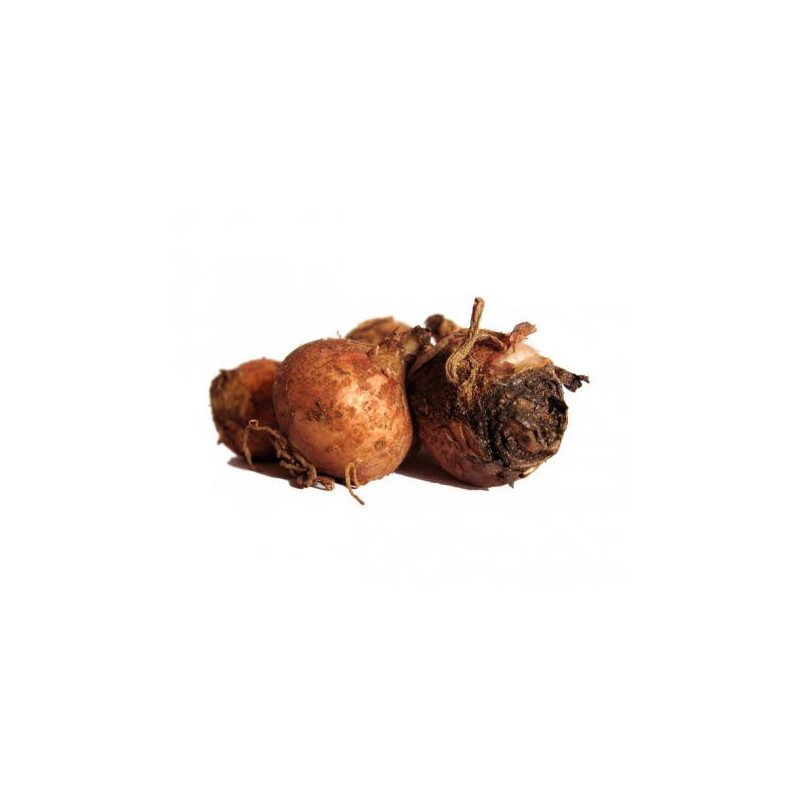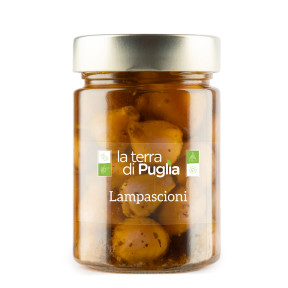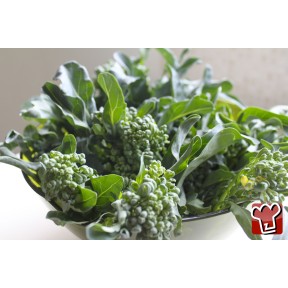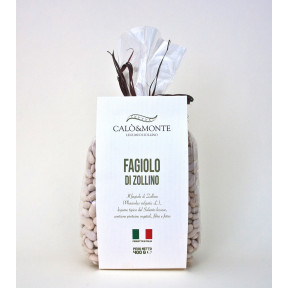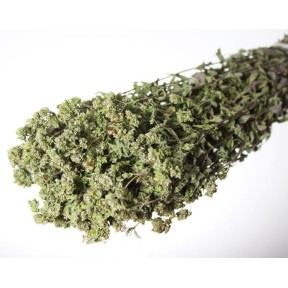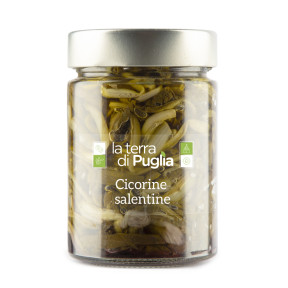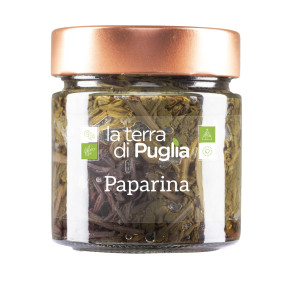Introduction to Lampascioni
If lampascioni are not available, we recommend adding your email to the form on this page to be notified as soon as they are available. But what are lampascioni? Also known as pampagioni, wild onion, tassel hyacinth or squill, lampascioni are a herbaceous plant with the botanical name Muscari comosum. For the people of Apulia, lampascioni are not just a bulb to admire in nature, but a true delicacy for connoisseurs. In Apulia, lampascioni represent a culinary tradition deeply rooted in the region's history and culture.
These you are viewing are the freshly harvested lampascioni that you can then prepare and cook as you wish. Typically, those who are not familiar with them buy ready-made lampascioni in oil, which you can find here.
The Nature of Apulia and Lampascioni
Nature in Apulia is extraordinary, especially for the wealth of different species of plants and animals. Every corner of this region represents a small treasure, rich in flowers and plants, many of which can be used in the kitchen to prepare delicacies of all kinds. Apulian lampascioni are a perfect example of this biodiversity. The lampascioni bulb is found underground, at a depth of between 12 and 20 centimeters, and has a rather bitter taste that makes it unique. Despite their particular flavor, lampascioni from Apulia are a beloved and sought-after ingredient in the region's traditional kitchens.
The Lampascioni Bulb: A Hidden Delicacy
Think of aromatic herbs, vegetables, fruit, but especially the bulbs of lampascioni, an herbaceous plant particularly appreciated and known in our land, while remaining unknown in most of Italy. Lampascioni are not just a culinary ingredient but also a cultural identity element for Apulians. Additionally, this legume is also called pampascione, pampasciuni, bambascione, bambascioni, names that vary according to the different areas of Apulia but all refer to the same delectable bulb.
The Properties and Uses of Lampascioni
What are lampascioni? They are not only a delicacy for the palate but also a food rich in beneficial properties. Lampascioni are known for their diuretic and purifying qualities and are often used in folk medicine to treat various ailments. In the kitchen, Apulian lampascioni can be prepared in many ways: in oil, sweet and sour, fried, or in a salad. Each recipe enhances their unique and bitter taste, transforming a simple bulb into a gourmet dish. Their versatility and distinctive flavor make them a precious ingredient, capable of enriching any dish with a touch of authentic Apulian taste.
Conclusion: A Treasure to Discover
Lampascioni are much more than just a bulb. They are a fundamental part of Apulian culture and gastronomy, an ingredient that carries with it ancient stories and traditions. If you haven't had the opportunity to taste them yet, we invite you to do so, immersing yourself in a culinary journey to discover the authentic flavors of Apulia. And if lampascioni are not available at the moment, don't forget to leave your email to be notified as soon as they are back in stock. Don't miss the chance to bring a piece of Apulia to your table and discov
What are lampascioni called in Italian?
Lampascioni are known in Italian by various regional names, including cipolla canina, cipollaccio con il fiocco, giacino dal pernacchio, pampascione, pampasciuni, bambascione, and bambascioni.
Where are lampascioni beneficial?
Lampascioni are beneficial for the digestive system due to their diuretic and purifying properties. They help improve digestion and promote the elimination of toxins through urine.
What are the properties of lampascioni?
Lampascioni are rich in fiber, which aids intestinal transit, and minerals like potassium, which is essential for muscle and nerve function. They contain vitamins and have antioxidant properties that help combat free radicals, as well as diuretic and purifying properties that contribute to urinary health.
Who should not eat lampascioni?
People with kidney problems or those who need to limit their potassium intake, such as those with renal insufficiency, should avoid consuming lampascioni. Additionally, individuals with allergies or specific intolerances to bulbs should be cautious.
How much does a kilogram of lampascioni cost?
The price of lampascioni can vary depending on the region and season, but generally ranges from 10-15 euros per kg. In local markets in Puglia, the cost can be lower compared to other regions.
What do lampascioni taste like?
Lampascioni have a distinctive taste that is bitter and slightly spicy. This unique flavor makes them appreciated in various traditional recipes, where they are often used to add a note of bitterness to dishes.
What are lampascioni good for?
Lampascioni are good for improving digestion and purifying the body. Thanks to their diuretic properties, they help eliminate toxins and reduce water retention. Additionally, their antioxidant properties help protect cells from free radical damage.
